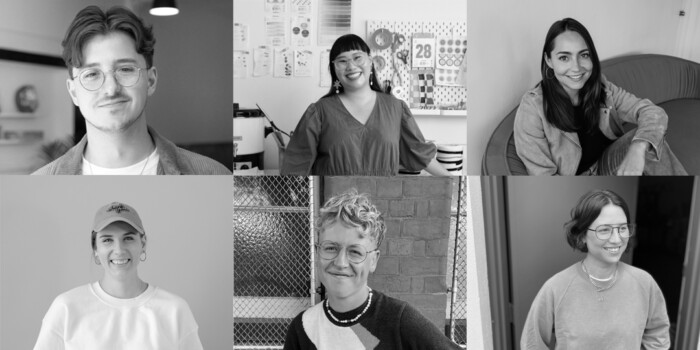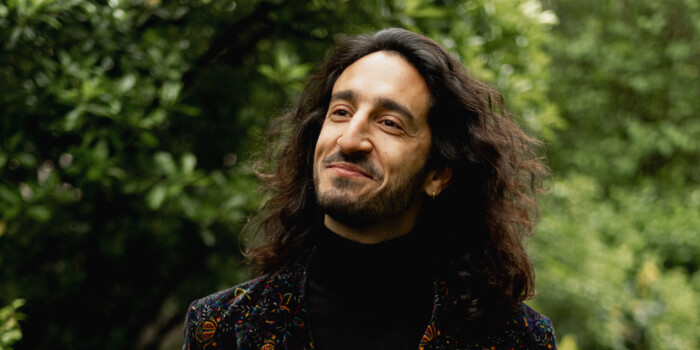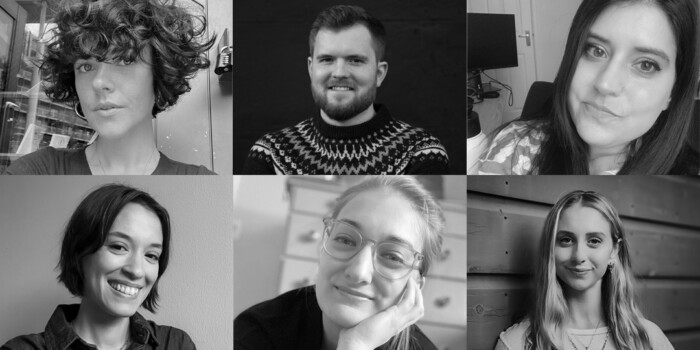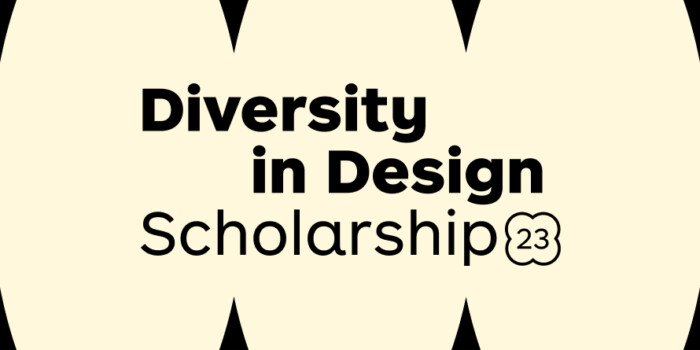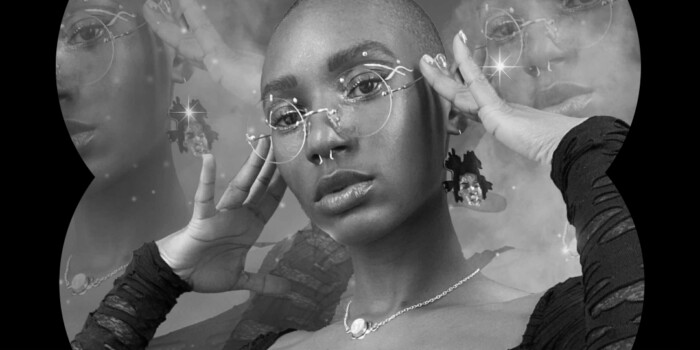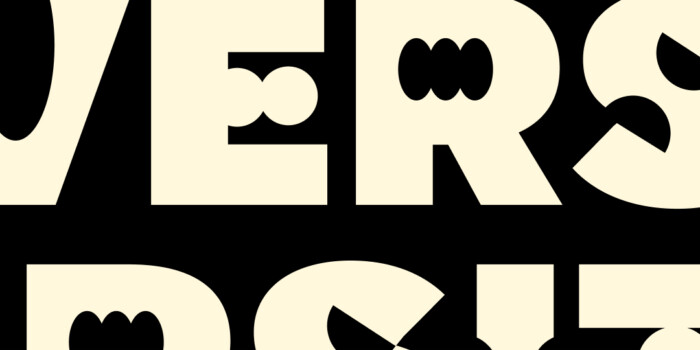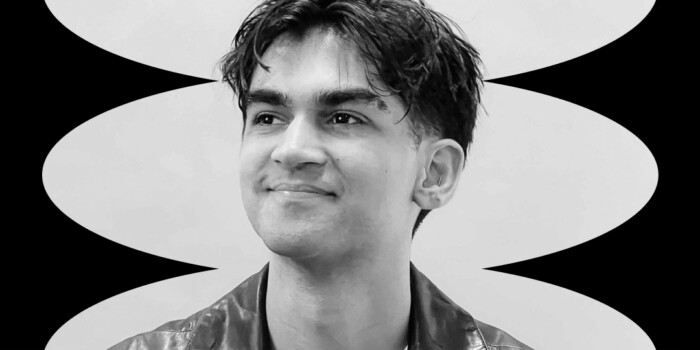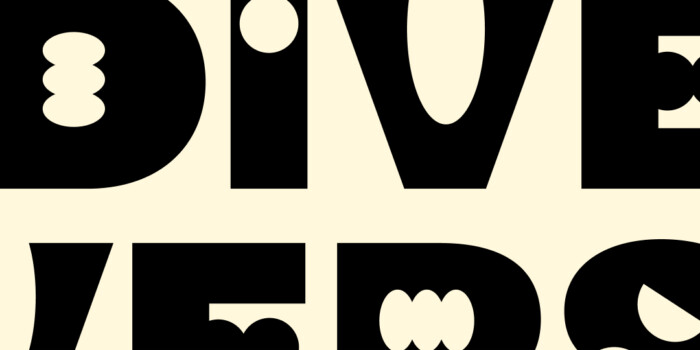Interview with Sthuthi Ramesh, Independent Graphic Designer
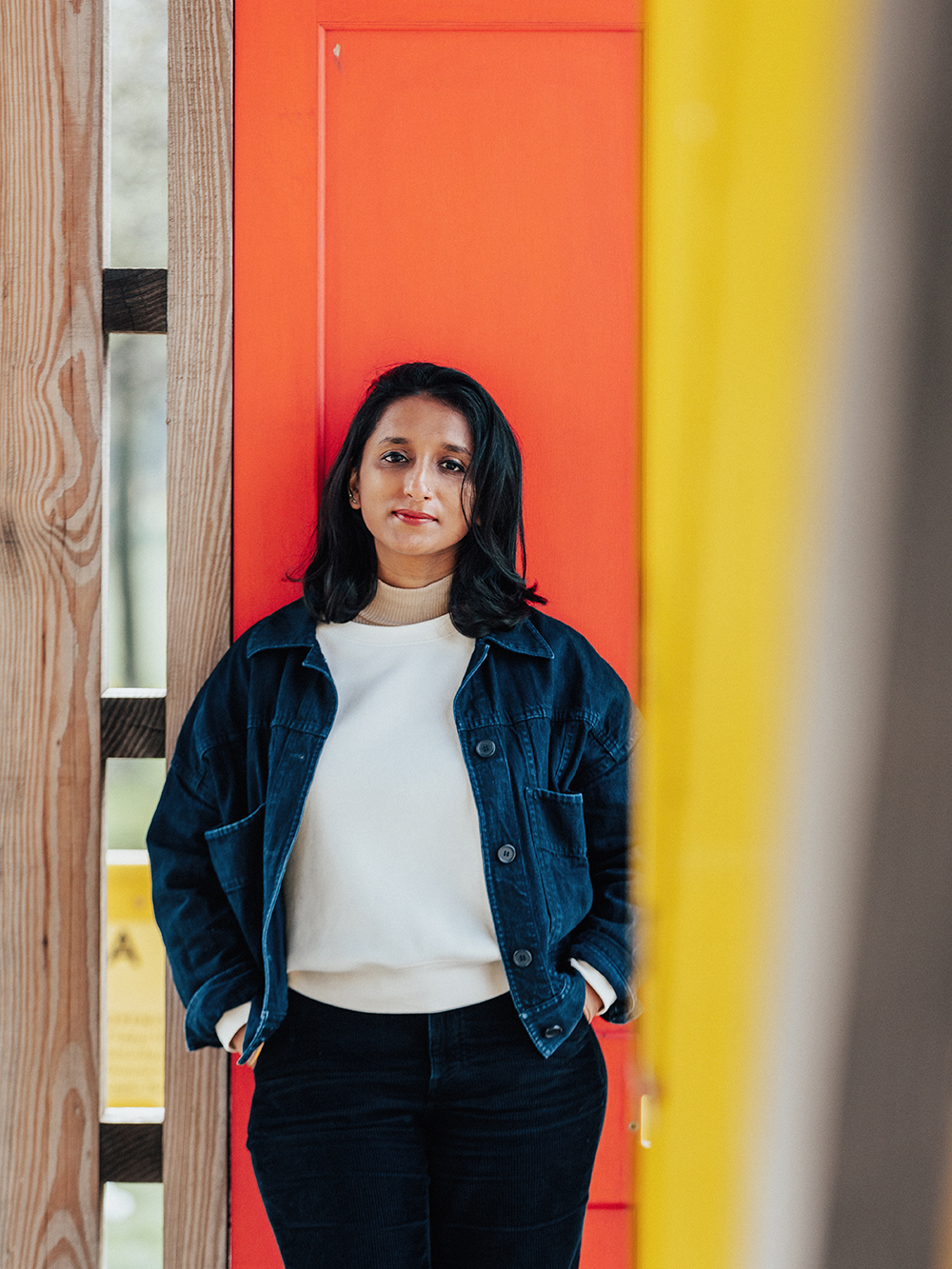
Photographer: Taran Whilku
Sthuthi Ramesh is an Independent Designer based in London. Born, raised and starting her design career in India, Sthuthi has worked for some of the biggest names in the industry—Pentagram, Wieden + Kennedy and Ogilvy to name a few—before embarking on an incredible freelance career. On the side, she also co-founded Nicety Materials, a digital library for physical materials and their processors. Definitely a CV we can all be envious of. Sthuthi recently joined our Shillington London students for an eye-opening guest lecture in which she not only touched on her training and career, but also shared some fascinating personal stories and advice.
We caught up with Sthuthi a few weeks after her lecture to talk about her design journey, balancing family and work life, being a person of colour in the industry and loads more.
First of all, your CV is INCREDIBLE: Ogilvy, Made Thought, Wieden + Kennedy, Pentagram to name just a few, and now an amazing freelance career. Can you tell us about your design journey so far?
Ah, that’s really kind of you—thanks! My design journey started when my older sister pursued me to take a design degree in Bangalore, India. Advertising was big in the early 2000s in India, so I started interning at JWT and then landed my first job at Ogilvy India in 2007. After three years in advertising, I wanted to further evolve my design education so I came to London to study at London College of Communication. This was a very pivotal moment for me where I absorbed everything around me like a sponge as it was my first time outside my country, India.
After interning and freelancing for a few years in different countries: India, Germany and then the UK, I landed my first dream job at Browns Design in London. I liked their approach a lot—working at the intersection of design and art. I had never seen someone doing this so well. Under the direction of Jonathan Ellery, I worked on a few commercial and cultural briefs which was very rewarding.
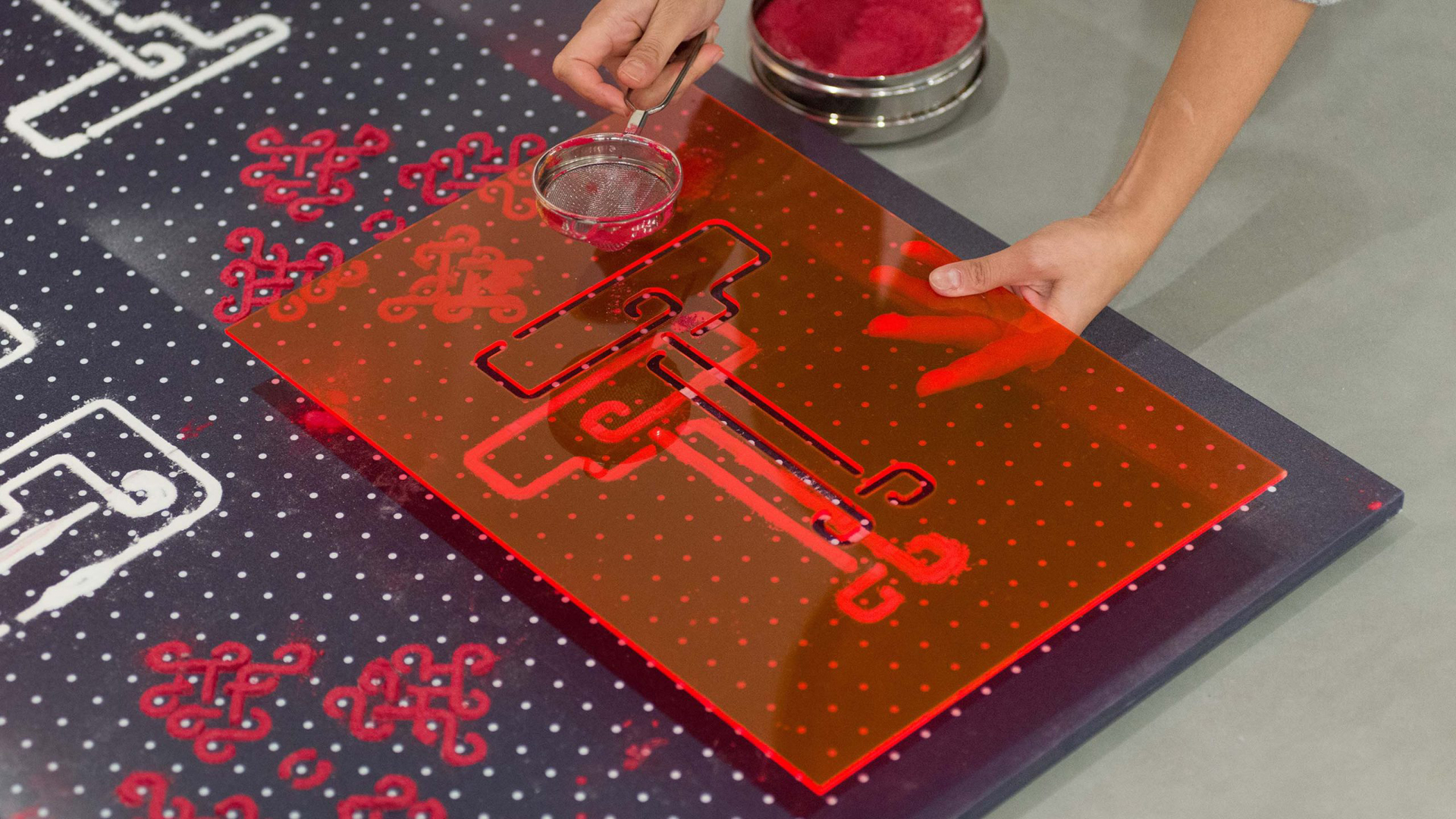
After a few years, I decided to go freelance for more flexibility after having my little one. That’s when I started freelancing at studios like Made Thought, Moving Brands, Winkreative and Pentagram. At Pentagram, I worked with a few very talented partners like Marina Willer, Astrid Stavro, Angus Hyland, Harry Pearce and Naresh Ramchandhani. After establishing myself as a freelance designer, I started getting a few direct client work which then gave me the confidence to start an independent design practice.
Which, in my opinion, is creatively very rewarding (and eventually also financially)—but you have to be persistent, proactive, and constantly connect with new people to get new clients.

You’re originally from India, but now live and work in London and briefly in Hamburg. What was it like moving to the UK to become a designer? Has moving and living in different places helped to inspire and develop your creative work?
Like I said earlier, moving to the UK to study design was the first time I ever travelled outside my country and my comfort zone. Although I spoke fluent English and watched enough British movies, it’s nothing like experiencing it yourself. It took me almost 4 to 5 years to really understand the people, the culture here and I’m still learning. Learning about western design and its history has made me realise that there is a real need to understand and document design from South East Asian cultures where graphic design was never celebrated as much as it’s done over here in the Western world.

As a freelancer, you’ve worked with some brilliant agencies on some fantastic projects. Do you have one or a few that stand out as favourites? Can you tell us about them?
I have too many projects that I’m really proud of (without sounding arrogant). But to keep it simple I’ll mention three projects: the first is a type installation project I did at the White City Place, commissioned by Tiipoi and based on Kolam (Indian folk art). The project was an evolution of my university project, and it (finally!) came to life eight years after completing my degree.

I am also proud of the Dorling Kindersley brand identity I did with Pentagram. Feels good to see the logo on my son’s books. The other project is the BLACKCURRENT brand identity project, one of my first freelance projects as an independent designer.
And then lastly, the Jhaveri Contemporary brand identity project for a renowned art gallery in Mumbai, which really boosted my confidence to take on large scale projects independently and work on with a team I created around me.
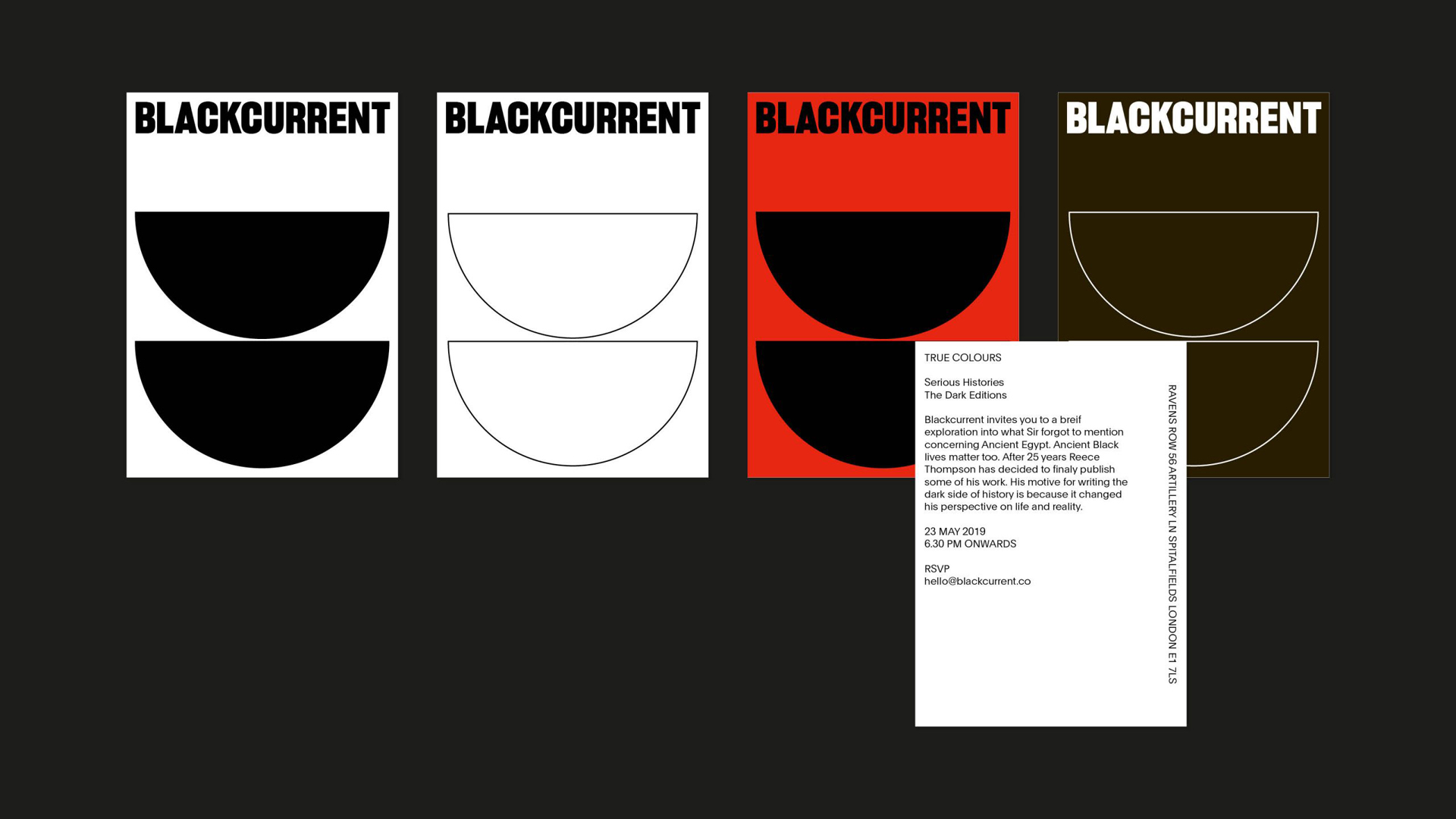
Can you tell us about your other project that you co-founded, Nicety Materials? It’s described as a Digital Library for Physical Materials. Can you explain what it is and what it’s for?
When Sebastian (my husband and the other founder at Nicety Materials) came to me with the idea of creating a digital library for physical materials and their processors to simplify access to what’s out there, I jumped straight at it. I have always wondered: why can’t there be a more convenient way to find physical materials of all brands in one place? But did nothing about it. Sebastian immediately started working on the idea and I joined him shortly after.
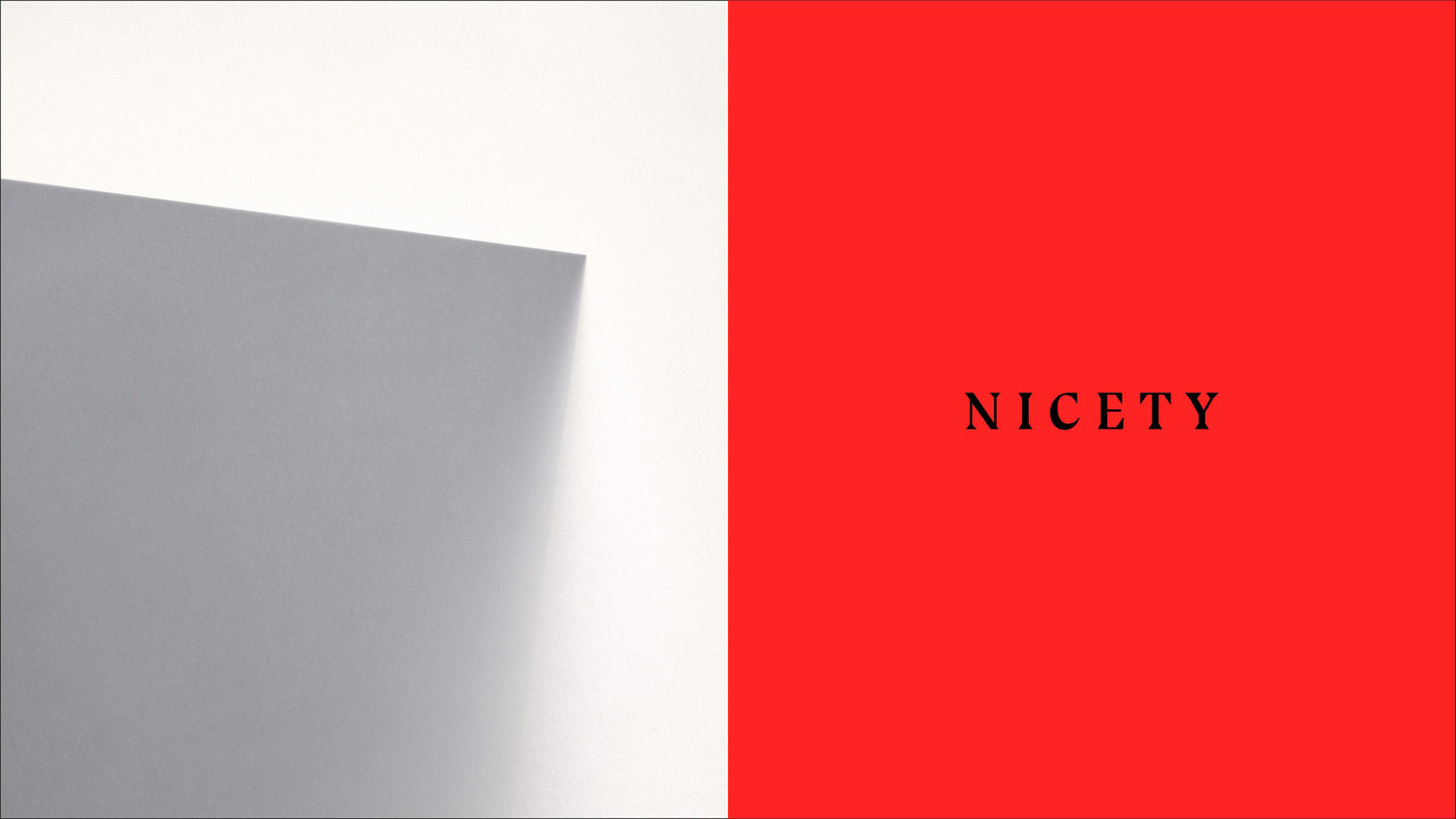
For as long as I can remember, I have always collected interesting papers or other materials; friends and colleagues have come to me for printers or paper recommendations. Having worked at studios that were heavily focused on printed matter, I gained a lot of knowledge about printing methods and materials. We started with curating papers and processors/printers from across the globe.
So right now we have a library of papers across different brands with a very user friendly digital experience to make the process of material research less painful.
You’ll soon be able to order samples from multiple manufacturers through our platform, saving you having to go to each one separately. There’s a lot in the pipeline, and we’re super excited to share it with the world and support creatives out there.
Then there’s the material processors (printers, binder, etc.). We create the entries based on recommendations we received from creative agencies and studios all over the world we contacted directly for their input. It was such an amazing process for us to connect with so many amazing designers, and they have been so generous with sharing their contacts. So we now have a huge database of recommended processors that you can search by location, speciality, etc. Previously, there’s simply been no way to reach these guys other than word of mouth.
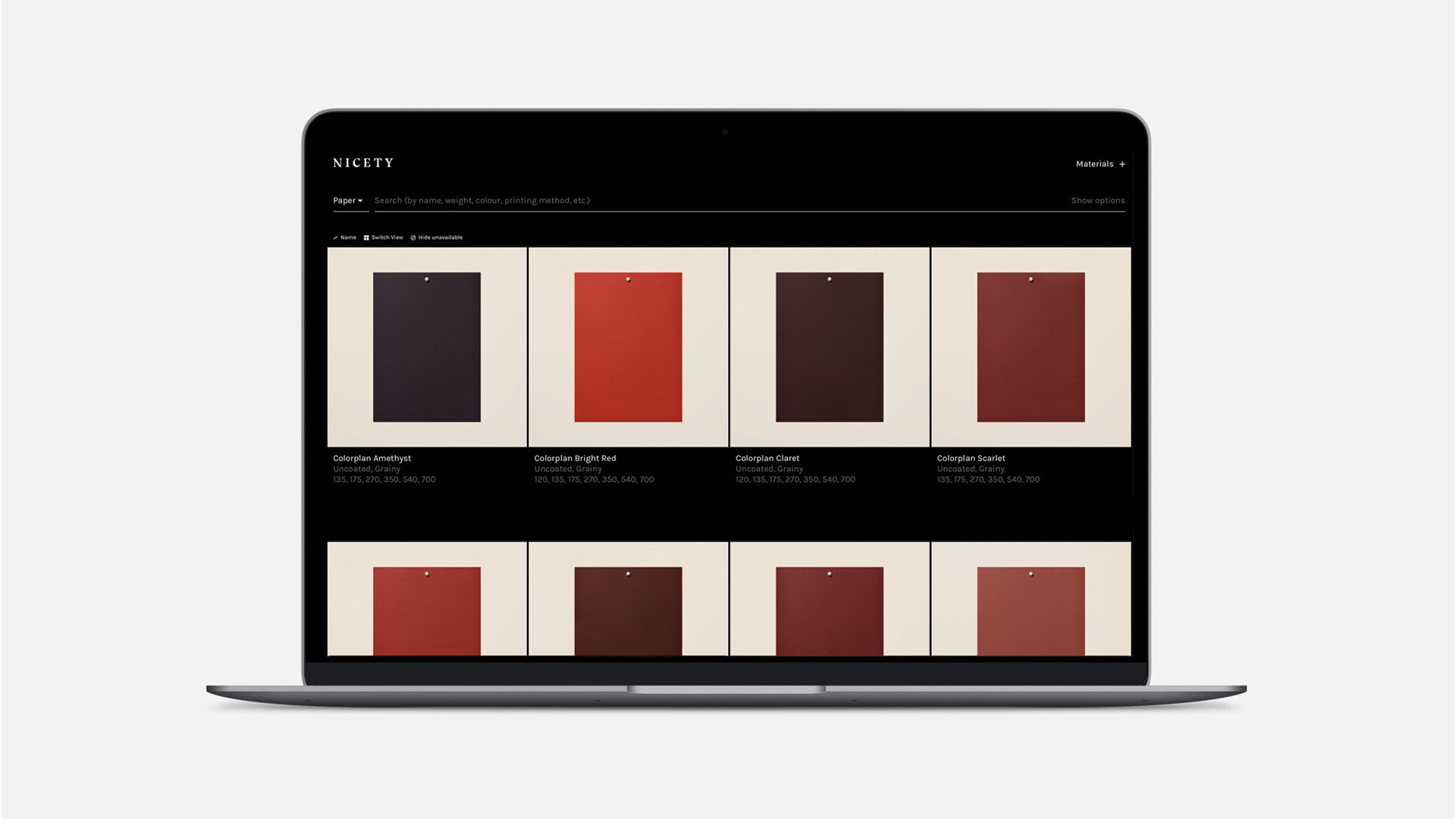
In your guest lecture, you spoke about becoming a mother and how you wanted to make sure that both family life and working life could remain in equal parts. For those in a similar situation, how did you tackle being both a designer and a mother to your son?
Nice question, and hopefully my answer will help other creative mums or who are planning to become one. I was working as a full-time designer when my little one was born. I soon realised working until 5pm to pick my son from nursery and not have much sleep at night didn’t do it for me. As a designer I could not afford to pay the hefty childcare fee with a full time salary. So I decided to go freelance where your day fees are high but you don’t necessarily always get interesting briefs on day one.
Once the studios trust you and your work, this improved however and things got easier and more interesting!

When freelancing for different studios, you end up being like a ping pong ball. You get thrown into different teams, projects and studios. So you should be agile enough to adapt your design and working style to their needs—which can be draining at times.
So late 2019 I started taking on more direct clients and launched my own independent practice, which in my opinion is creatively more rewarding (and eventually also financially, but you have to stick with it and not give in).

Another thing you spoke about was your belief in collaboration and how important you think it is. Can you tell us more about this? How do you collaborate with people and what have you created in collaboration with people?
I’ve formed a collective with friends, ex colleagues and whenever I get a project I try to collaborate on projects with them. Sometimes working as an independent designer can be isolating, so this format really helps me with my creative process.

Alongside collaboration, is there anything else you think is really important in becoming a successful designer? Any tips for recent graduates or even those who have been designing for a few years are very welcome!
In my opinion it is not just the name and fame you obtain, but how content and happy you are with what you do.
Are you happy going to your studio every morning? And if the answer is yes, then you are a successful designer.
Also keep evolving, learning new skills, and being proactive will help you reach those goals you have as a designer.
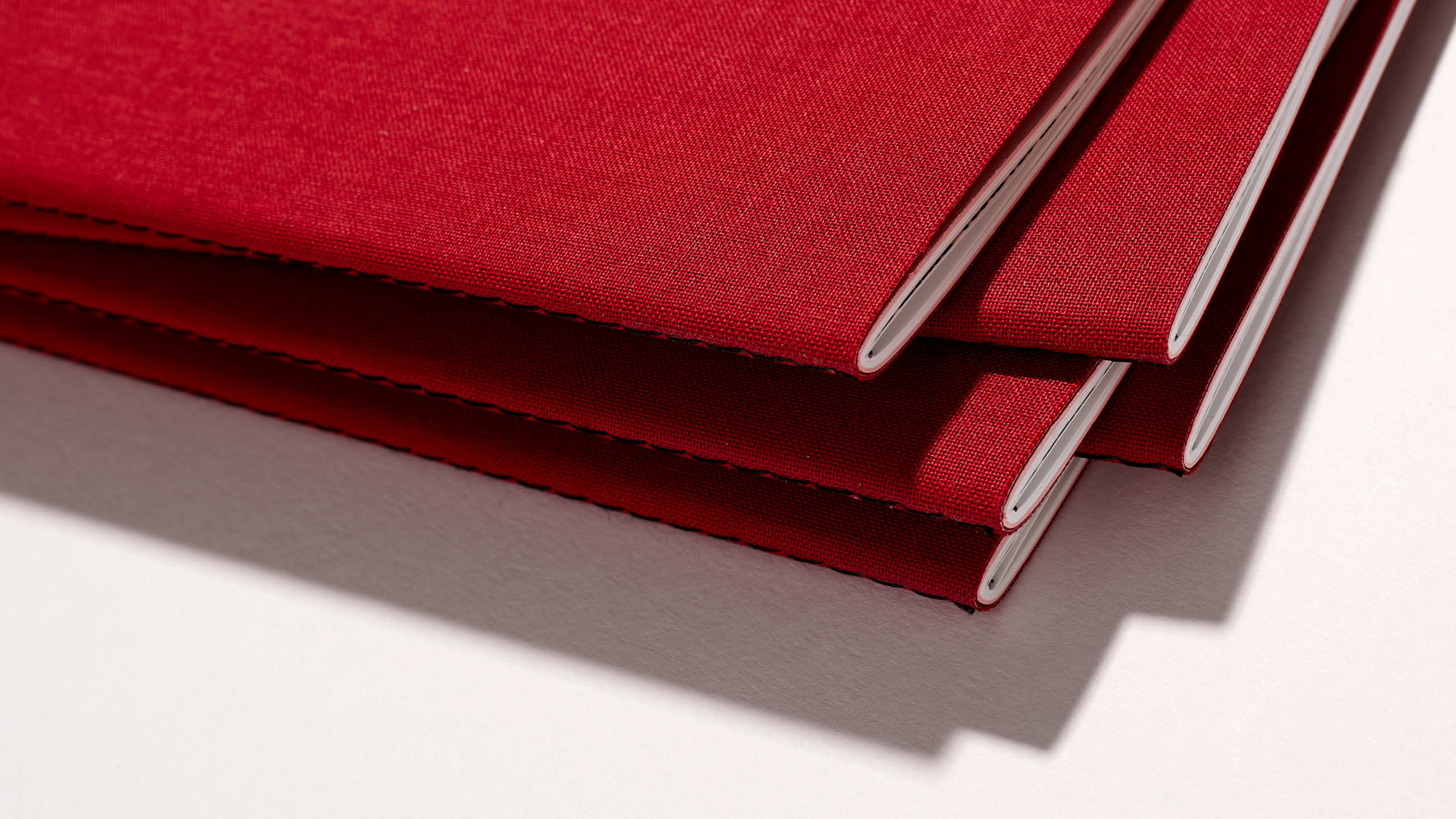
Your guest lecture also contained an interesting story about being asked to do a design exhibition, but realising that you were the only woman and only POC selected. Is this something that you’ve seen a lot in the industry? How did you tackle it?
Yes I have; more often now after Black Lives Matter taking a leap in 2020.
But if you are uncomfortable with the term being used to describe your work or your capabilities, you should be vocal about it and make your concerns heard.
Gone are those days where a POC is always made to feel privileged to have been selected for a job.
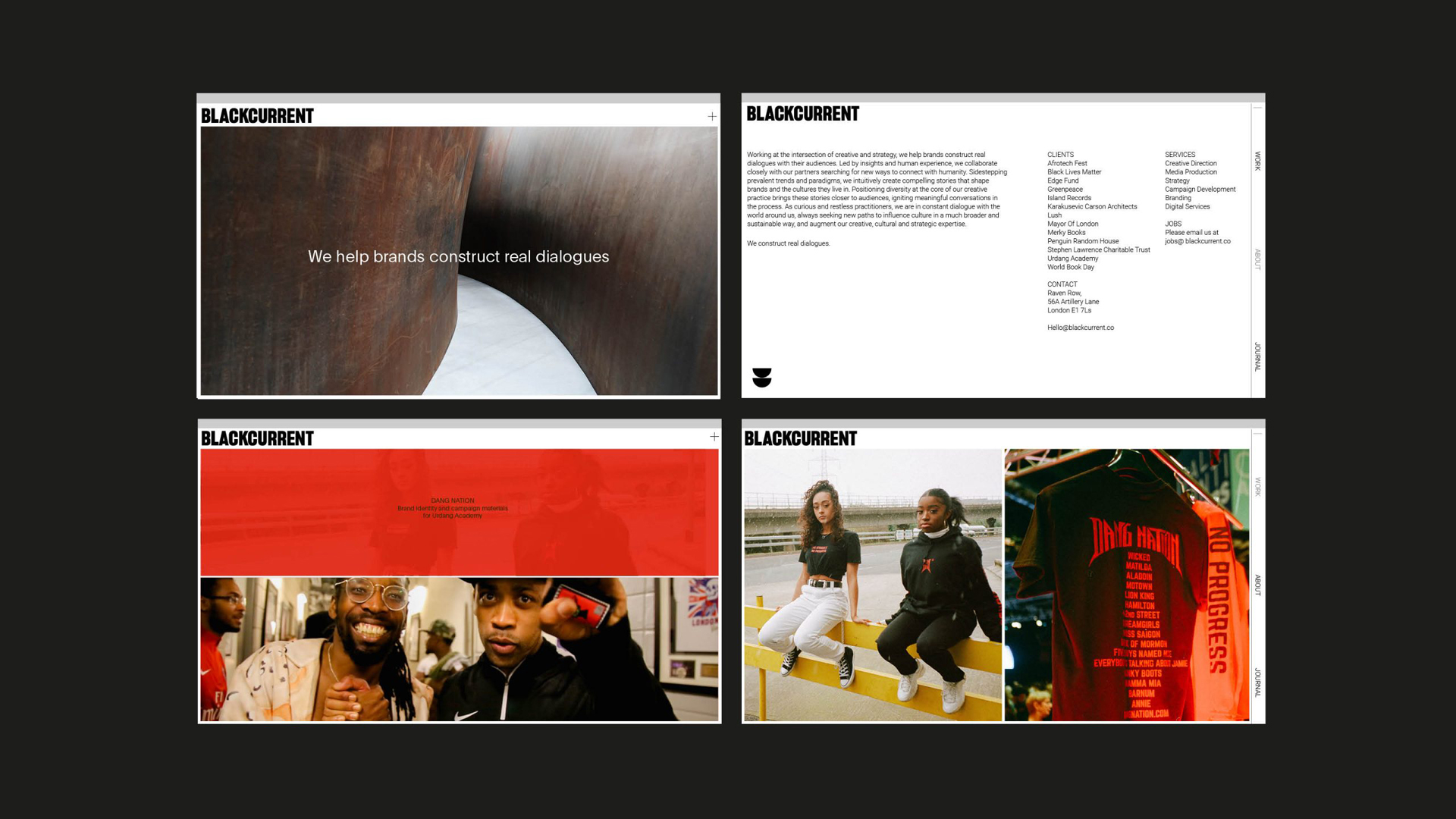
You’ve been in the industry for over a decade and the work you produce is as inspiring as we’ve seen. Where do you go to get inspired? Any advice on keeping your work fresh?
Inspiration can come from anywhere; but don’t let these impressions vanish. Harness them for your creative work! I try to have a notebook with me I use to collect what I’ve seen, heard, captured somewhere—must say because of the digital inspiration websites, I’ve neglected my notebook which is not ideal. Just going through what I’ve collected in a quiet moment helps me remember and connect the dots I have in front of me in new ways, based on the new impressions. This is truly a skill for life, and one I can wholeheartedly recommend to pick up early in your career.
Big thanks to Sthuthi for joining our part-time Sunday students for an amazing guest lecture, and for talking to us afterwards. Make sure to follow her on Instagram and check out her website to keep an eye on her amazing experiments.
We’ve hosted some of the world’s top creatives, design studios and advertising agencies at Shillington. Check out more interviews from guest lecturers.
Want to win some amazing prizes and stay in the loop with all things Shillington? Sign up to our newsletter to automatically go in the draw.
